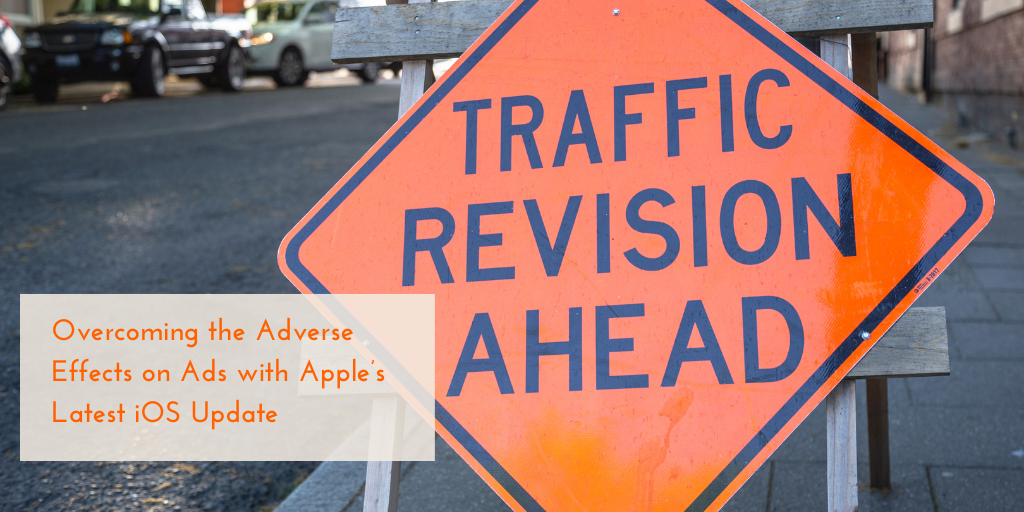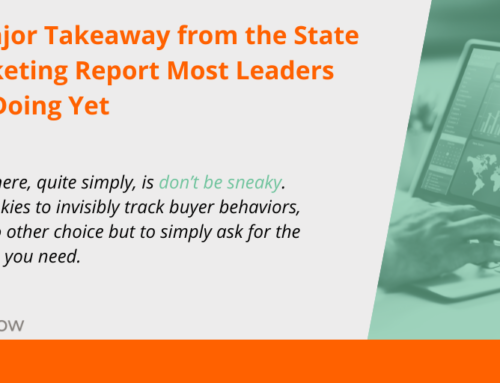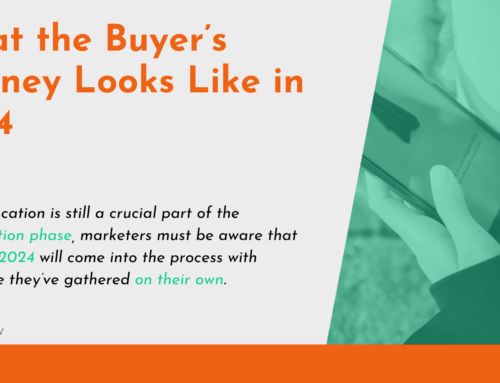
If marketers have been paying attention, then we know that Apple has been passionate about disrupting ad tracking for a while now. Since 2018, their browser, Safari, has offered considerable privacy options for users. With their latest iOS 14.5 update, however, Apple has really stirred up a storm. Of course, consumers in general are fine with, even welcoming of, the latest privacy features. Advertisers and marketers, however, are scrambling to develop new tactics to avoid revenue losses.
What Happened with the iOS Update
To understand why this latest Apple update is a problem, let’s examine what specifically happened. Even before the latest update, the iOS already allowed users to turn off ad ID sharing. This essentially cancelled out the unique identifier on their individual phones, also called the IDFA. The IDFA is what gave developers the ability to track users’ movements through various apps, which then allowed advertisers to target them specifically with ads. This feature, however, had to be sought by the user, who first had to know it was an option.
With the update, each app has to alert users through Apple’s AppTrackingTransparency framework, giving individuals the choice for each and every app they interact with. Users don’t need to seek out the settings to give or refuse permission. For that reason, only 4% of users have agreed to continue letting advertisers track their movements. That number could grow as more Apple owners upgrade to iOS 14.5.
As expected, this news has been a big blow not just to companies that rely on that tracking for ad revenue, but also to marketers, who understand that a targeted and personalized experience is crucial to customer acquisition.
Personalization Is the Key
One big detail many users seem to miss when disallowing tracking is that ads will still appear. Those who believe they’ll see fewer sales pitches in their Facebook feeds are sorely mistaken. In fact, they may end up even more annoyed in the long run, as the inability to track user movement simply means the ads shown will no longer be personalized.
In other words, they’re about to see a whole lot of irrelevant content, and irrelevant content annoys consumers. The matter is compounded when we realize that 82% of consumers engage with marketing content on their smartphones. The truth is that consumers actually do want personalized content, they just don’t want to feel as though they’re being spied on.
The question now becomes: How can marketers continue to provide the personalized and relevant content in ads that users want, when those same users block the collection of data that helps to target them with personalized content?
Current Tracking Abilities with iOS Update
Due to the elimination of third-party cookies—another recent development that has put a dent in marketing and advertising strategies—and now this iOS update, some new roadblocks for tracking data and events have emerged.
What this means is that you’ll no longer be able to track consumers who have interacted with your competitors or other similar products or services within the Facebook app, at least on mobile devices. Interaction that takes place on desktops and laptops can still be tracked, at least for now, as long as users have not disabled cross-site ad tracking.
However, retargeting and remarketing on mobile Apple devices will still be possible even with the iOS update, though audiences will consist of consumers who have taken some action on your website. Facebook will allow up to eight conversion events, such as “add to cart” or “purchase,” which can be used to reach your buyers again with new personalized ads.
Personalizing Without Ad Tracking
The real truth, and perhaps the reason so many people who prefer personalized experiences would elect to block IDFA, is that sometimes ads can come across as too personalized. For instance, when a user visits an app and then immediately sees an ad for that app within their Facebook feed, that user might feel as though someone is spying on them. And, in reality, someone is spying on them.
It is possible to continue providing personalized experiences without peeking over your buyers’ shoulders all the time. One big way is to return to the use of buyer personas. These, as you may remember, are profiles that outline the general characteristics of your ideal buyers: where they most likely live, how much money they make, and even what activities they probably enjoy. You don’t need to spy on them to get a feel for the products, services, and experiences they’re likely to be interested in.
You can also use your own website to encourage a connection by providing perks to customers who register with a phone number or email address. This does give you the ability to retarget based on that information alone, but you also now have the more important and valuable ability to reach out to them with specific offers based solely on the activity within your website.
Finally, if you really want to know what your target consumers like, consider just asking them. Not everyone will fill out a survey, but they could be more inclined with promise of a discount or free gift. You’ll get more data than you thought possible, and all of it from people who happily provided it.
If you’d like to explore more ways to continue personalizing your marketing experiences in the wake of the iOS 14 update, reach out. We’re always here to help.





